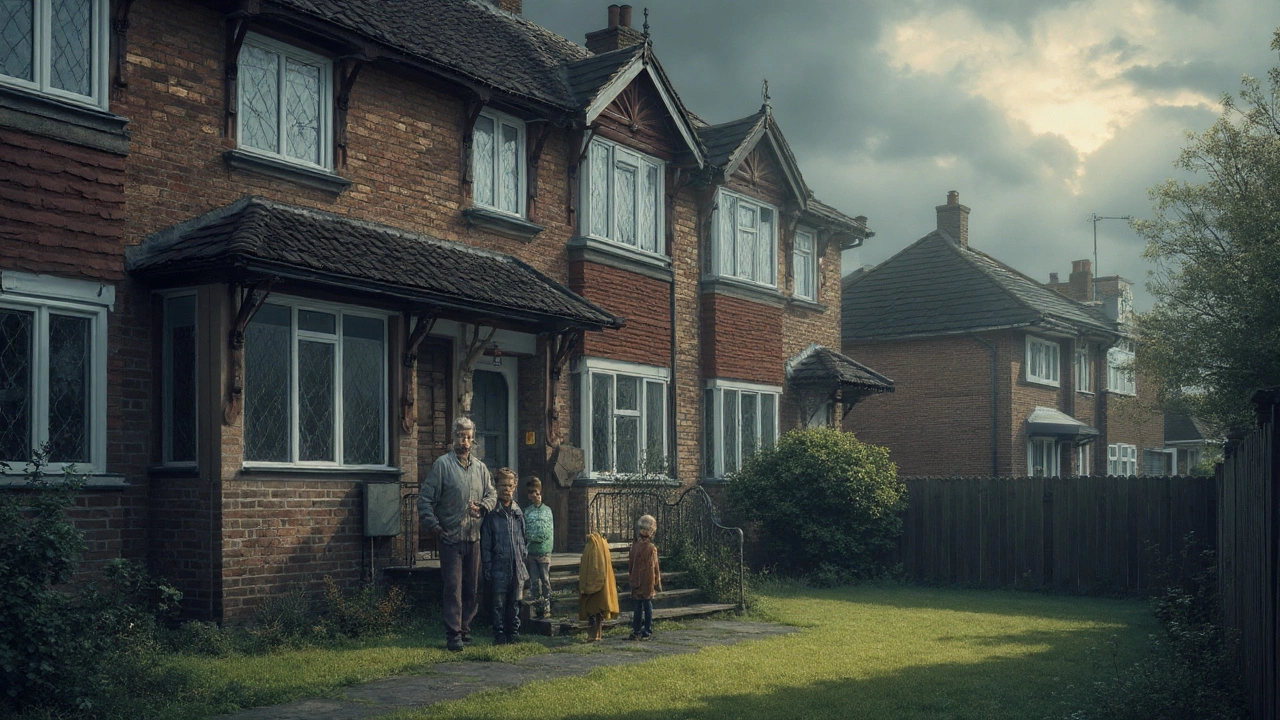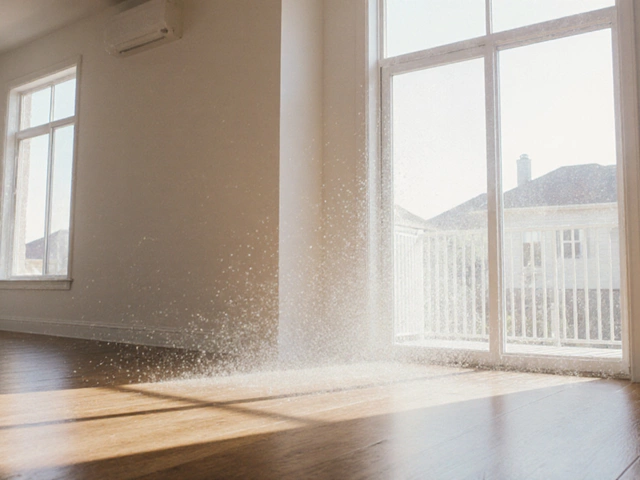Foundation Issues: What They Are, How to Spot Them, and When to Get Help
If you notice cracks in your walls, doors that stick, or floors that feel uneven, you might be dealing with foundation issues. These problems can turn a cozy house into a costly headache fast. The good news is that many signs show up early, and you can often catch them before they get serious. Below we’ll walk through the most common clues, simple steps you can take yourself, and the point where a pro should step in.
Typical signs of a troubled foundation
First, look for cracks. A hairline crack in a drywall corner is usually harmless, but a wide crack that runs vertically or diagonally across a foundation wall is a red flag. Also check doors and windows – if they suddenly won’t close properly, the frame may be shifting.
Next, feel the floor. A sloping or sagging floor often means the soil underneath is moving. You can test this by rolling a marble across the surface; if it constantly rolls to one side, the floor isn’t level.
Outside, examine the soil grading. The ground should slope away from the house at least six inches over the first ten feet. If water pools near the foundation after a rain, it can soak the soil, expand it, and push the walls outward.
Sticking doors, cracked plaster, and gaps around window frames are all part of the same story: the house is moving. Don’t ignore them, because once the soil shifts enough, repairs become much more expensive.
DIY fixes vs. professional repair
For minor cracks and water drainage problems, a few DIY steps can buy you time. Fill small hairline cracks with epoxy injection kits – they’re cheap and seal out moisture. Make sure the area is clean and dry before you apply the resin.
Improving drainage is another quick win. Install a French drain or add a downspout extension to route rainwater at least six feet away from the foundation. You can also re‑grade the soil yourself using a shovel and a level, but be careful to keep the slope consistent.
When you see large cracks, moved doors, or a floor that sags noticeably, it’s time to call a structural engineer or a foundation repair specialist. Professionals use piering (push piers or helical piers) to stabilize the soil and lift the house back into place. They also know which soils in the UK are prone to movement, like the clays common in some regions.
Replacing a foundation is rarely the first choice, but if the damage is severe and the soil keeps shifting, a full replacement might be safer. The decision usually comes after a cost‑benefit analysis: compare repair estimates with the long‑term value of a stable home.
Bottom line: keep an eye on cracks, door alignment, and floor level. Small, early fixes are cheap and easy, but don’t wait until the problem spreads. When in doubt, get a professional inspection – it can save you thousands down the road.
Does a House Settle After 20 Years? Signs, Causes & Prevention Explained

Can a house really settle after 20 years? Discover why older homes move, what causes late settlement, and the impact on structure and safety.
read moreCan I Repair My Foundation Myself?

Considering tackling foundation repair on your own? While it might seem like an opportunity to save money, it's not always straightforward. Learn about the common signs of foundation issues, the risks of DIY repairs, and when it's best to call a professional. This article offers insights and practical tips for anyone thinking about taking on this challenging task. Safety and peace of mind are paramount as you explore your options.
read moreSpotting Foundation Issues: What to Look For

Recognizing foundation issues early can save homeowners from costly repairs down the road. This article outlines key signs of potential problems, such as cracks, doors that won't shut properly, and uneven floors, and explains why they might occur. Learn practical steps for monitoring these symptoms, and understand when it might be time to call in a professional. Dive into common reasons houses might face these issues, and pick up some tips on preventative measures to protect your home's foundation.
read more



